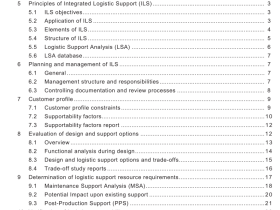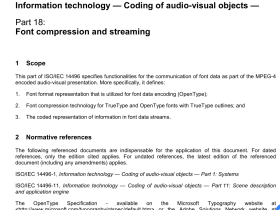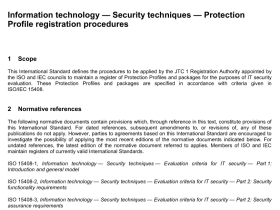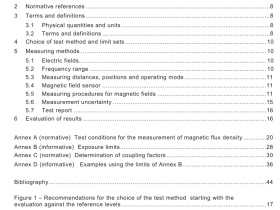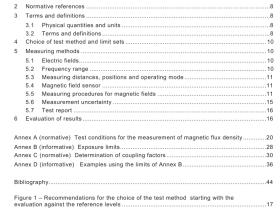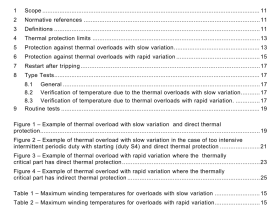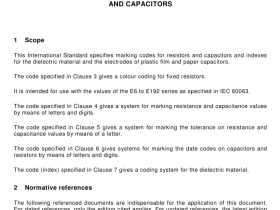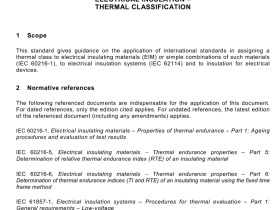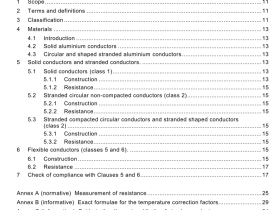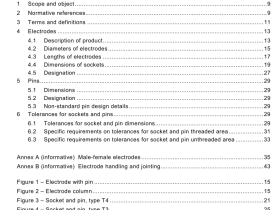IEC 61920 pdf download
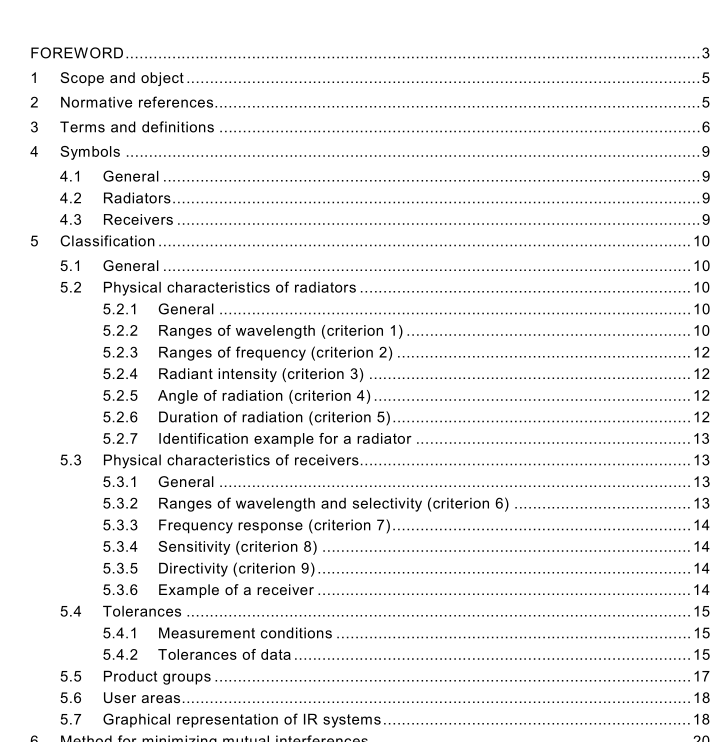
IEC 61920 pdf download Infrared free air applications
1 scope and object
This International Standard describes the classification of lR devices into groups and classesin order to identify and clarify problems caused by mutual interference. Mutual interference iscaused by the increasing parallel application of different infrared (IR) systems.
Due to its physical characteristics,the possibility of local limitation is a special feature of lRradiation.
In this standard,the wavelength range from 700 nm to 1 600 nm is considered.All systemsbased on free air application which intentionally or unintentionally use lR radiation in this range,are included.Products which unintentionally emit lR radiation,such as illumination equipmentare not deemed to be lR application systems.They are,however, integrated into this standardin order to enable facility planners to take into consideration and to foresee provisions againstdisturbance of lR application systems by such unintentionally emitted radiation.
The object of this standard is to prevent or at least to minimize mutual interference and to allowthe coexistence of different lR products. lt is intended to identify each lR product by itscharacteristics, according to the classification criteria.
lt is not the object of this standard to describe the consequences of interference between lRsystems or safety aspects of optical radiation.
All applications of fibre-optic technology are excluded.
ln this context “free air” means freely radiated lR in indoor or outdoor applications.
lf the lR systems are used for information transmission,this standard is only relevant inconnection with the physical layer of the open systems interconnection (OSl) reference model(IsO 7498-1).
NOTEThe reader should be aware that a risk of interference between different infrared systems as assessed bythis standard is based on general parameters and therefore cannot take all the parameters involved into account. lnmany cases the practical results may differ from those expected, for example the positioning of sender and receiverand the choice of advanced coding and decoding schemes. All these factors beyond the physical layer may have aneffect on the final result.
2 Normative references
The following referenced documents are indispensable for the application of this document.Fordated references,only the edition cited applies. For undated references, the latest edition ofthe referenced document (including any amendments) applies.
IEC 60050-713:1998,International Electrotechnical Vocabulary (IEV) – Part 713: Radio-communications: transmitters, receivers,networks and operation
IEC 60050-845:1987, International Electrotechnical Vocabulary (EV) -Chapter 845: Lighting
IEC 6041 7-DB:2002 1 , Graphical symbols for use on equipment
IEC 60747-5-1 :1 997, Discrete semiconductor devices and integrated circuits – Part 5-1: Optoelectronic devices – General
ISO/IEC 7498-1 :1 994, Information technology – Open systems interconnection – Basic reference model: The basic model
3 Terms and definitions
For the purposes of this document, the following terms and definitions apply:
3.1
bandwidth (of a receiver, amplifier or network)
extent of a continuous range of electrical frequencies or optical wavelengths over which the response does not differ from its nominal value by more than a specified amount
[IEV 71 3-06-1 9, modified]
3.2
directivity
defined by two angles β A and β B for describing the dependence of the receiver’s sensitivity from the direction of incidence. The direction in which the receiver output V [mV] is maximum might be called optical receiver axis.
